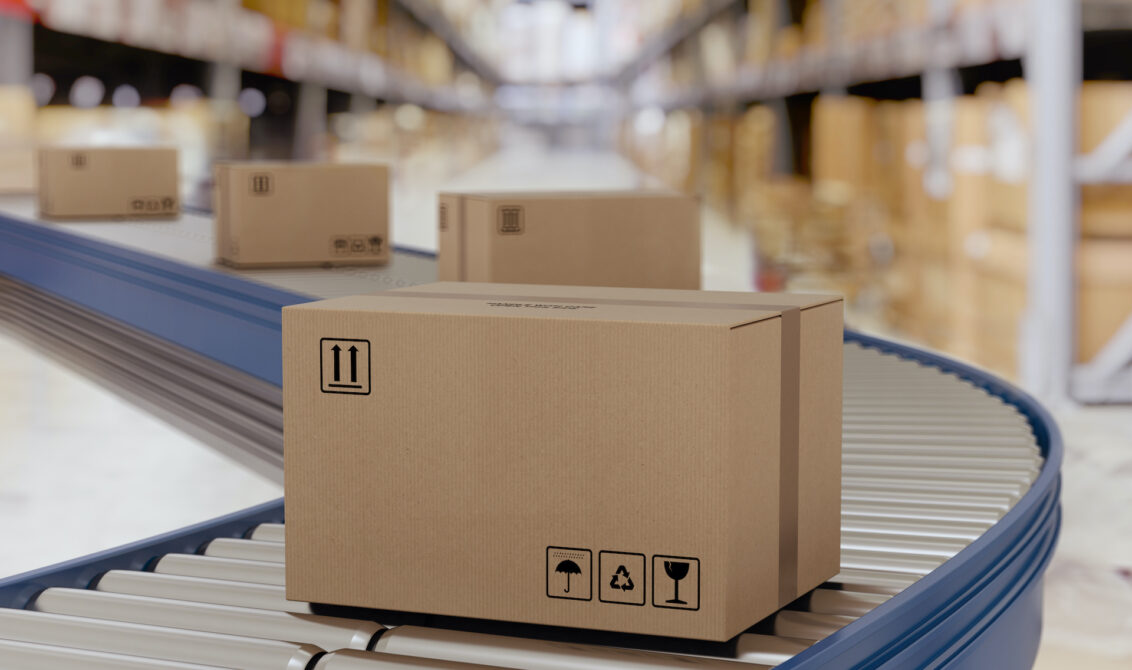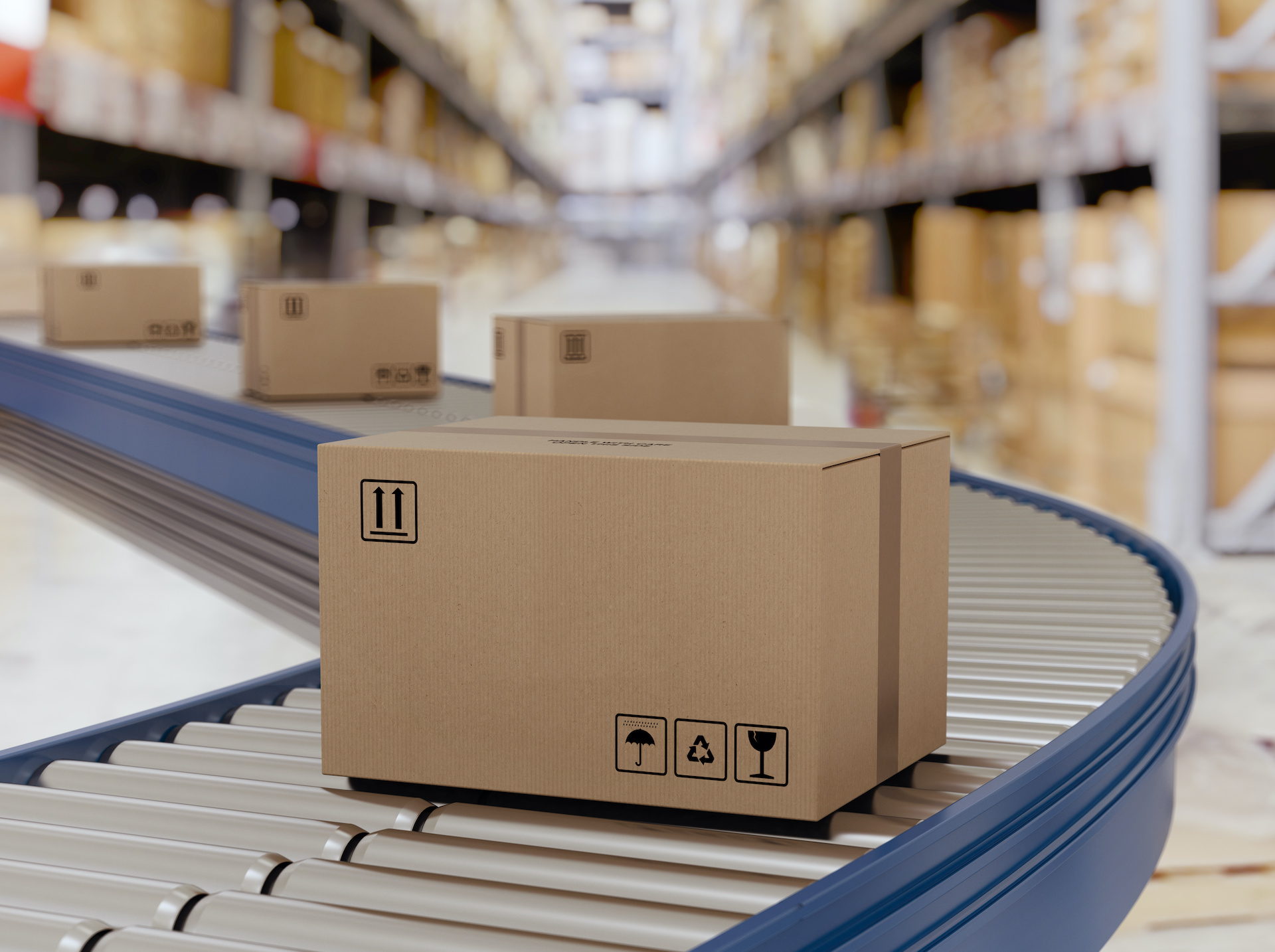As a result of shopping going digital during COVID-19, the past couple of years saw the crowded e-commerce industry become even more saturated. While that’s been great for the sector as a whole, individual businesses have to work harder to compete for customers.

It’s an especially acute problem for dropshipping business owners since the barrier to entry is so low. Dropshipping is extremely competitive, with merchants vying with each other to squeeze their costs and prices just a smidgen lower so as to attract more customers.
Yet don’t overlook the importance of product quality despite the pressure to lower prices. Better quality products can lead to more positive reviews, which can be even more of a priority than the price for buyers. Online shopping loyalty is low and if product quality declines, you can easily lose repeat customers.
What’s more, online sellers who offer higher-quality products typically have fewer return requests (which can eat up a significant chunk of your profits). If you’re losing money on high return volumes, you’ll also struggle to take those extra few cents off the price to undercut your closest rival.
Finally, poor quality in perishable and sensitive products like food or pharmaceuticals could lead to more than just lost business. Worst case scenario, you could have a food poisoning lawsuit on your hands.
Ensuring product quality can be easier said than done when you’re dropshipping. You don’t have control over raw materials or storage conditions, and the product doesn’t even pass through your hands.
That said, there are still steps you can take to strengthen supply chain quality assurance in your e-commerce businesses.
1. Align expectations with suppliers
Quality assurance begins with making sure that suppliers know exactly what you need from them. Communicate exactly what color and dimensions you are looking for, and clarify that you both have the same reference points for sizing clothing and shoes.
If there are certain raw materials that you want the manufacturer to use — or, in the case of allergies and sensitivities, to avoid using — double-check that you’ve made them clear. Verify if there are different names for the same components so that you’re both on the same page.
Finally, ask your supplier about transporting their products. Find out what is required to maintain product quality, like temperature or humidity thresholds. Ask what they will provide in terms of packing and packaging, and what will need to come from your logistics provider, so that none of you get taken by surprise.
2. Communicate with your logistics providers
The next step is to continue the same conversation with your logistics and transportation providers. After all, it’s no use getting annoyed at someone for taking four weeks to deliver food items that perish after four days, if you didn’t tell them that there’s a hard deadline for delivery.
Make sure to tell your logistics team everything they need to know about storage and transportation conditions, like if a shipment needs to be kept at a specific temperature, stored flat, cushioned in shock-absorbing packaging, protected from the sunlight, or any other requirements.
It’s also important to update them about whatever the supplier will or will not provide in terms of packaging.
3. Monitor product shipments
It’s not enough to know that a product was in perfect condition when it left the suppliers, but that it was damaged or the quality had been compromised when it arrived at the end customer. You need to know exactly what happened along the way so that you can identify where the issues arose.
End-to-end condition monitoring enables you to continuously follow the progress of your shipments. You’ll know not just if, but when they were exposed to conditions that could affect quality, shocks or vibrations, high levels of humidity, etc.
Once you have this information, you can decide how to prevent these issues from arising again. It might mean changing to a drop shipping partner who keeps a warehouse in a different location, adjusting the packaging, or something you’d never have thought of, like avoiding a specific border crossing where they take too long to examine paperwork. Without condition monitoring data, you won’t know what to change.
4. Test the process
It might seem like you’ve set up very robust processes, with trusted providers and suppliers who share your concern about product quality assurance, but it’s still worth it to carry out a test run before you drum up sales.
Place an order to your own address, or to that of a friend, so that you can see what condition your products arrive in. It’s always possible for issues to go overlooked, and it’s better to make changes now than to wait until the complaints flood in.
Even if you’ve done this already, situations can change quickly with your suppliers and their logistics partners, so it’s probably a good idea to experiment with test orders on a quarterly basis.
5. Connect the data
You need to be able to see the big, interconnected picture of your entire supply chain in order to spot the pinch points where quality could suffer and defects could arise.
For example, perhaps products from a specific supplier often arrive in a compromised condition, indicating that it’s the supplier and not the logistics provider that’s to blame? Maybe items traveling a specific route get damaged, even when transported by different companies?
This visibility relies on connecting data from all your tracking and information systems, and also on applying powerful analytics that can sift through the data to produce meaningful insights.
Quality assurance is possible for dropshippers
Despite all the challenges, dropshipping e-commerce businesses can improve quality assurance. By connecting data, monitoring product conditions all the way through, ensuring open communication with your suppliers and logistics providers, and carrying out a dry run, you can cut down on the chances for product quality to be compromised and help boost revenue for your dropshipping business.
Zac Johnson is an entrepreneur with more than 20 years of internet marketing experience and branding. Follow his blog at ZacJohnson.com.
© YFS Magazine. All Rights Reserved. Copying prohibited. All material is protected by U.S. and international copyright laws. Unauthorized reproduction or distribution of this material is prohibited. Sharing of this material under Attribution-NonCommercial-NoDerivatives 4.0 International terms, listed here, is permitted.






